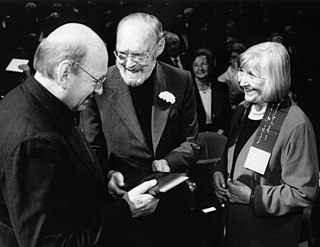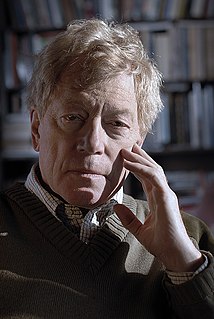A Quote by Kenzo Tange
In architecture, the demand was no longer for box-like forms, but for buildings that have something to say to the human emotions.
Related Quotes
One cultivates spaciousness or awareness which allows you to acknowledge the emotions and see them as part of the human condition. Emotions are like subtle thought forms and they all arise in response to something outside yourself. They are all reactions. You cultivate a quietness in yourself that watches these emotions rising and falling and passing away.
As time went by we developed a sort of ideology without ever formulating it as such. I've always said that we are documenting the sacred buildings of Calvinism. Calvinism rejects all forms of art and therefore never developed its own architecture. The buildings we photograph originate directly from this purely economical thinking.
The 'International Style of Modernism' came with the advent of building services. In the end, the architecture became like a container space, essentially like a boring box with a basement full of machinery to make it inhabitable. As a result, buildings literally started to look identical all over the planet.
When I started studying architecture, people would say, you know, 'Can you tell me why are all modern buildings so boring?' Because, like, people had this idea that in the good old days, architecture had, like, ornament and little towers and spires and gargoyles, and today, it just becomes very practical.
I'm trying to discover - invent, I suppose - an architecture, and forms of urban planning, that do something of the same thing in a contemporary way. I started out trying to create buildings that would sparkle like isolated jewels; now I want them to connect, to form a new kind of landscape, to flow together with contemporary cities and the lives of their peoples.
I'm afraid what we are building today will not have the same impact and sustainability of the architecture of a 100, 500 or 1,000 years ago. The buildings of those days were miracles. We don't perform such miracles today. So we should be a little more modest. For my part, I'll be glad to show one of my buildings one day to my grandchildren and say: I'm proud of that.
Cost overruns are not uncommon in architecture, particularly for designs that depart from structural or technological norms, or demand a finer quality of execution than commercial schemes - conditions typical of buildings for cultural institutions. Budgets are exceeded for many reasons, not all of them within an architect's control.



































